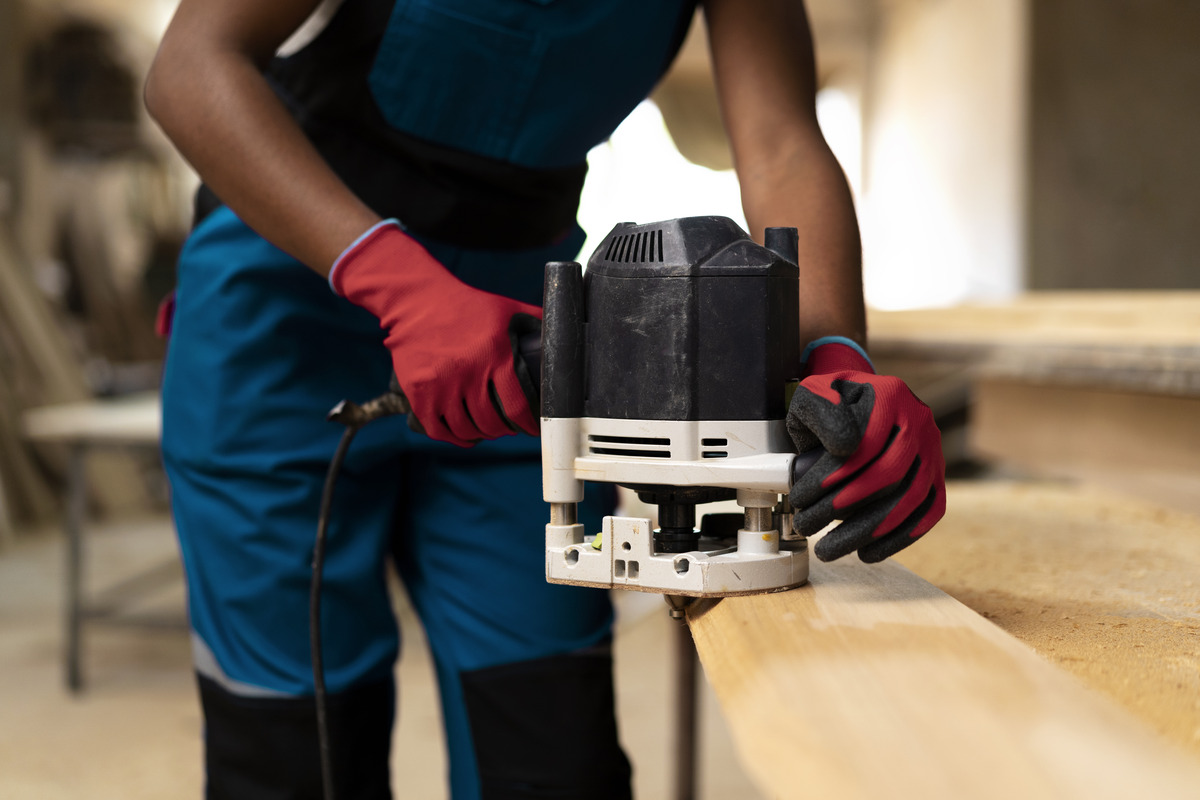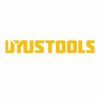“Regulator: Keep Pressure in Check with Ease” 🔧💨⚡
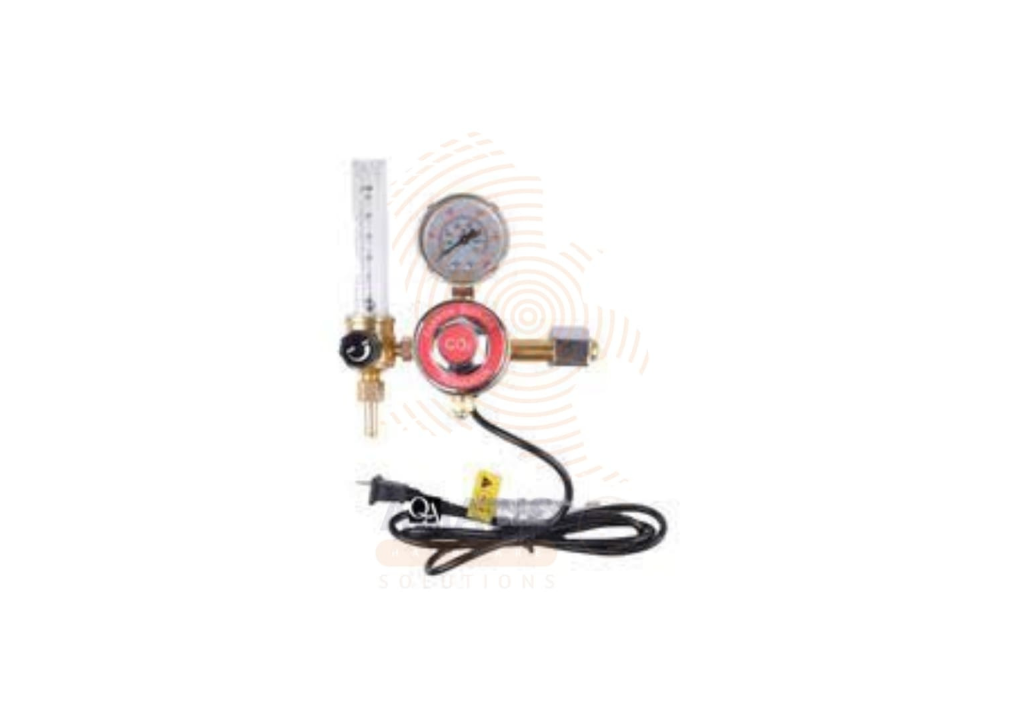
In both industrial and domestic setups, a Regulator is one of those essential tools that quietly ensures everything runs smoothly. Whether it’s controlling gas flow for welding, adjusting air pressure for pneumatic tools, or maintaining consistent pressure in a compressed air system, the regulator is the unsung hero of safety, efficiency, and precision.
Without it, systems can over-pressurize, equipment may be damaged, or tasks become inefficient. With a good regulator, you gain control, safety, and peace of mind.
What is a Regulator? 🛠️
A regulator is a device that controls the flow and pressure of gases or liquids from a high-pressure source to a lower, usable pressure. It typically consists of:
- Inlet and Outlet Ports – Connects to the supply and the appliance.
- Adjustable Control Knob – Allows fine-tuning of pressure.
- Gauge – Displays the current pressure for accurate monitoring.
- Diaphragm and Valve Mechanism – Maintains steady output despite fluctuations in supply.
Regulators are commonly used in welding setups, air compressors, LPG systems, and laboratory equipment, among many others.
Key Uses of a Regulator 🔍
- Gas Welding & Cutting – Controls oxygen and acetylene flow for precise welding.
- Compressed Air Systems – Maintains consistent air pressure for tools and machinery.
- LPG & Natural Gas Appliances – Ensures safe cooking and heating operations.
- Medical Gas Supply – Delivers controlled oxygen or other gases in healthcare.
- Laboratory Applications – Regulates gas flow for experiments and reactions.
Benefits of Using a Regulator ⚡
- Safety First – Prevents over-pressurization that could damage equipment or cause accidents.
- Precision Control – Adjust flow and pressure to match specific requirements.
- Efficiency – Keeps systems running optimally, reducing wastage.
- Durability – High-quality regulators withstand pressure fluctuations and harsh environments.
- Versatility – Works across industrial, commercial, and domestic applications.
How to Use a Regulator Effectively 💡
- Check Compatibility – Ensure the regulator matches your gas type and pressure range.
- Inspect Before Use – Look for damage, leaks, or worn components.
- Connect Securely – Attach inlet and outlet fittings properly to prevent leaks.
- Adjust Slowly – Turn the control knob gradually to reach the desired pressure.
- Monitor the Gauge – Keep an eye on output pressure to maintain consistency.
Tips for Best Results 🧰
- Avoid Sudden Pressure Changes – Abrupt adjustments can damage the regulator.
- Use Clean Supply Lines – Dirt or debris can interfere with valve operation.
- Regular Maintenance – Clean, inspect, and replace worn parts as needed.
- Check Seals and Connections – Ensure tight fittings to prevent leaks.
- Store Properly – Keep in a dry, safe area when not in use.
Regulator in Industrial and Domestic Settings 🏭🏡
In industrial workshops, regulators are critical for welding, cutting, and compressed air operations. They provide consistent output that ensures precise cuts and safe operations.
For domestic use, regulators are often used with LPG cylinders to maintain safe and steady gas flow for cooking and heating appliances. A quality regulator provides not just efficiency, but also peace of mind knowing your gas system is under control.
Why Every Workshop and Home Should Have One 🔧
A regulator is more than a simple accessory—it’s a safety and performance tool. It protects equipment, ensures consistent output, and prevents accidents caused by uncontrolled pressure.
Even if you’re a DIY enthusiast or a small business owner, having a reliable regulator ensures smooth, safe, and efficient operations, whether you’re working with gases or compressed air systems.
At Amaris Hardware Solutions, we understand the importance of reliable tools that combine safety, precision, and longevity, making regulators a must-have in any workshop, garage, or home.
✅ In short: A regulator is critical for safety, precision, and efficiency. Whether for welding, compressed air, or gas appliances, it ensures that your systems run smoothly and safely, giving you complete control over pressure and flow.


 Acrylic Sealants
Acrylic Sealants Construction Adhesives
Construction Adhesives Double-Sided Tape
Double-Sided Tape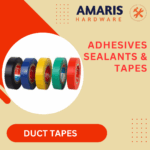 Duct Tape
Duct Tape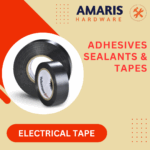 Electrical Tape
Electrical Tape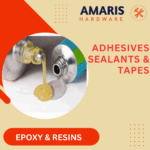 Epoxy & Resins
Epoxy & Resins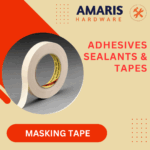 Masking Tape
Masking Tape
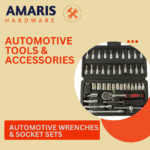 Automotive Wrenches & Socket Sets
Automotive Wrenches & Socket Sets Battery Chargers & Jump Starters
Battery Chargers & Jump Starters Car Jacks & Stands
Car Jacks & Stands Car Wash & Detailing Products
Car Wash & Detailing Products Diagnostic Tools
Diagnostic Tools Tire Inflators
Tire Inflators Vehicle Lighting
Vehicle Lighting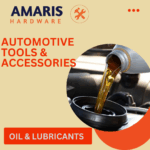 Oil & Lubricants
Oil & Lubricants
 Adhesives & Sealants
Adhesives & Sealants Bricks & Blocks
Bricks & Blocks Cement & Concrete
Cement & Concrete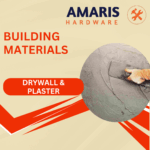 Drywall & Plaster
Drywall & Plaster Flooring (Tiles, Wood, Laminate)
Flooring (Tiles, Wood, Laminate) Lumber & Plywood
Lumber & Plywood Paints, Primers & Coatings
Paints, Primers & Coatings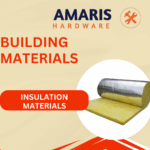 Insulation Materials
Insulation Materials Roofing Materials
Roofing Materials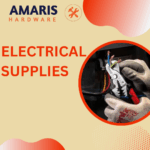
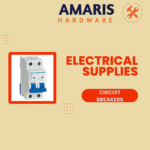 Circuit Breakers
Circuit Breakers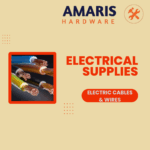 Electrical Cables & Wires
Electrical Cables & Wires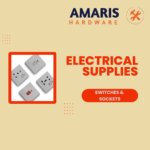 Switches & Sockets
Switches & Sockets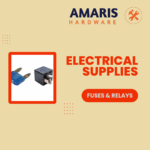 Fuses & Relays
Fuses & Relays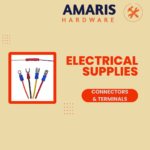 Connectors & Terminals
Connectors & Terminals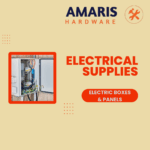 Electrical Boxes & Panels
Electrical Boxes & Panels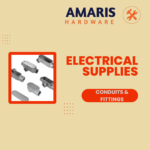 Conduit & Fittings
Conduit & Fittings Lighting Fixtures & Bulbs
Lighting Fixtures & Bulbs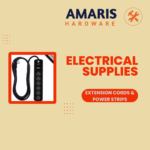 Extension Cords & Power Strips
Extension Cords & Power Strips
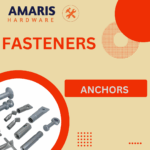 Anchors
Anchors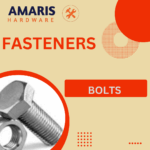 Bolts
Bolts Clips & Clamps
Clips & Clamps Screws
Screws Nuts
Nuts Washers
Washers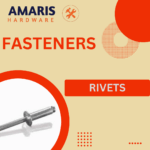 Rivets
Rivets Nails
Nails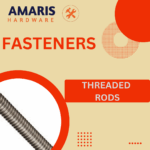 Threaded Rods
Threaded Rods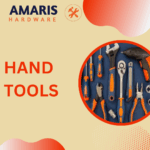
 Hammers
Hammers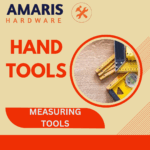 Measuring Tools (Tapes, Levels, Calipers)
Measuring Tools (Tapes, Levels, Calipers) Screwdrivers
Screwdrivers Pliers & Cutters
Pliers & Cutters Saws & Blades
Saws & Blades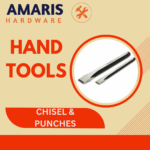 Chisels & Punches
Chisels & Punches Allen Keys & Hex Keys
Allen Keys & Hex Keys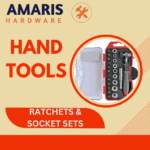 Ratchets & Socket Sets
Ratchets & Socket Sets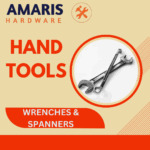 Wrenches & Spanners
Wrenches & Spanners
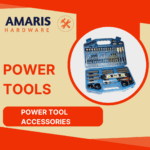 Power Tool Accessories (Blades, Bits, Discs)
Power Tool Accessories (Blades, Bits, Discs)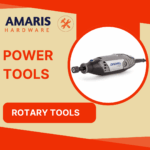 Rotary Tools
Rotary Tools Saws (Circular, Jigsaw, Reciprocating)
Saws (Circular, Jigsaw, Reciprocating)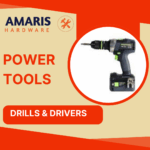 Drills & Drivers
Drills & Drivers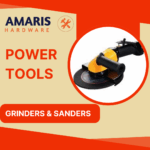 Grinders & Sanders
Grinders & Sanders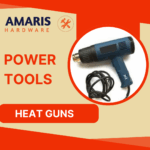 Heat Guns
Heat Guns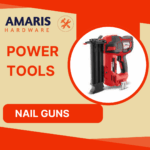 Nail Guns
Nail Guns Impact Wrenches
Impact Wrenches Batteries & Chargers
Batteries & Chargers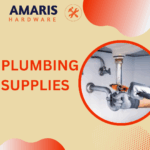
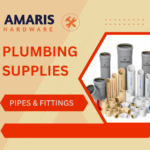 Pipes & Fittings (PVC, Copper, PEX)
Pipes & Fittings (PVC, Copper, PEX)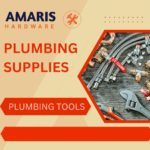 Plumbing Tools
Plumbing Tools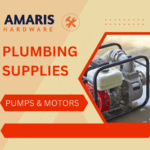 Pumps & Motors
Pumps & Motors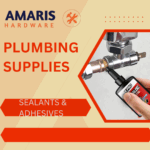 Sealants & Adhesives for Plumbing
Sealants & Adhesives for Plumbing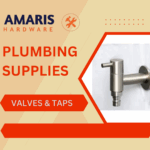 Valves & Taps
Valves & Taps Water Heaters
Water Heaters Drainage Systems
Drainage Systems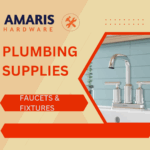 Faucets & Fixtures
Faucets & Fixtures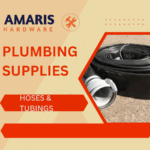 Hoses & Tubing
Hoses & Tubing
 Hinges & Latches
Hinges & Latches Hooks & Brackets
Hooks & Brackets Window Hardware
Window Hardware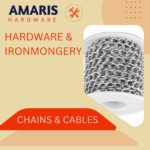 Chains & Cables
Chains & Cables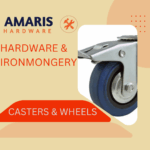 Casters & Wheels
Casters & Wheels Shelving & Storage Systems
Shelving & Storage Systems Door Handles & Locks
Door Handles & Locks Drawer Slides & Cabinet Hardware
Drawer Slides & Cabinet Hardware
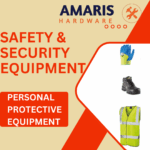 Personal Protective Equipment (PPE)
Personal Protective Equipment (PPE)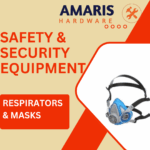 Respirators & Masks
Respirators & Masks Safety Glasses
Safety Glasses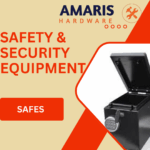 Safes
Safes Security Cameras
Security Cameras Gloves
Gloves Helmets
Helmets Ear Protection
Ear Protection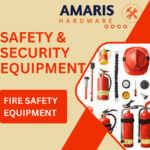 Fire Safety Equipment
Fire Safety Equipment Locks & Padlocks
Locks & Padlocks Motion Sensors & Alarms
Motion Sensors & Alarms
 Garden Fencing
Garden Fencing Garden Furniture Hardware
Garden Furniture Hardware Lawn Mowers
Lawn Mowers Trimmers & Edgers
Trimmers & Edgers Shovels & Spades
Shovels & Spades Rakes & Hoes
Rakes & Hoes Pruning Shears & Loppers
Pruning Shears & Loppers Watering Systems (Hoses, Sprinklers, Nozzles)
Watering Systems (Hoses, Sprinklers, Nozzles)
 Interior Paints
Interior Paints Paint Brushes & Rollers
Paint Brushes & Rollers Paint Strippers & Thinners
Paint Strippers & Thinners Paint Trays & Accessories
Paint Trays & Accessories Exterior Paints
Exterior Paints Spray Paints
Spray Paints Primers & Undercoats
Primers & Undercoats Varnishes & Stains
Varnishes & Stains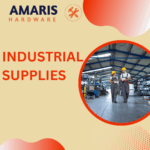
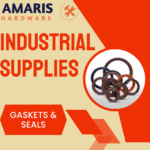 Gaskets & Seals
Gaskets & Seals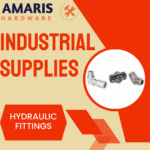 Hydraulic Fittings
Hydraulic Fittings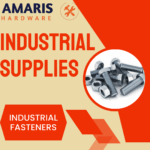 Industrial Fasteners
Industrial Fasteners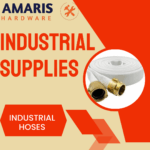 Industrial Hoses
Industrial Hoses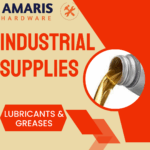 Lubricants & Greases
Lubricants & Greases Metal Sheets & Bars
Metal Sheets & Bars Bearings & Bushings
Bearings & Bushings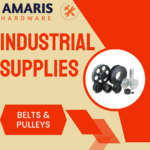 Belts & Pulleys
Belts & Pulleys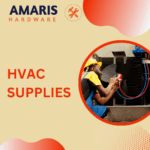
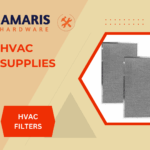 HVAC Filters
HVAC Filters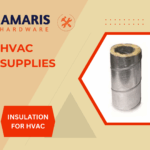 Insulation for HVAC
Insulation for HVAC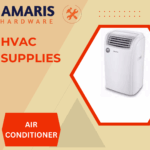 Air Conditioners
Air Conditioners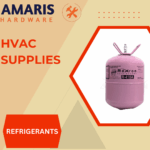 Refrigerants
Refrigerants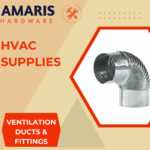 Ventilation Ducts & Fittings
Ventilation Ducts & Fittings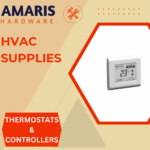 Thermostats & Controllers
Thermostats & Controllers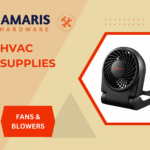 Fans & Blowers
Fans & Blowers
 Pegboards & Hooks
Pegboards & Hooks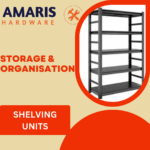 Shelving Units
Shelving Units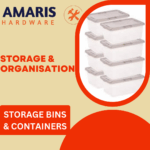 Storage Bins & Containers
Storage Bins & Containers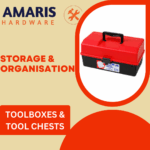 Toolboxes & Tool Chests
Toolboxes & Tool Chests Workbenches
Workbenches Drawer Organizers
Drawer Organizers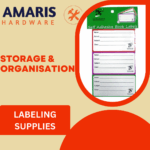 Labeling Supplies
Labeling Supplies
 Welding Accessories (Clamps, Brushes)
Welding Accessories (Clamps, Brushes) Welding Electrodes & Rods
Welding Electrodes & Rods Welding Helmets & Gloves
Welding Helmets & Gloves Welding Machines
Welding Machines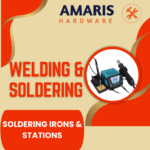 Soldering Irons & Stations
Soldering Irons & Stations Flux & Solder Wire
Flux & Solder Wire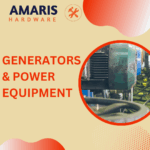
 Generator Accessories
Generator Accessories Inverters
Inverters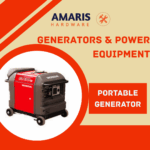 Portable Generators
Portable Generators Power Inverters
Power Inverters Transfer Switches
Transfer Switches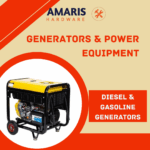 Diesel & Gasoline Generators
Diesel & Gasoline Generators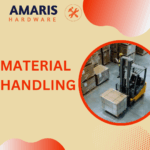
 Transport Equipment: Carts, Dollies, and Hand Trucks
Transport Equipment: Carts, Dollies, and Hand Trucks Storage Solutions: Pallets, Racks, and Containers
Storage Solutions: Pallets, Racks, and Containers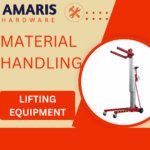 Lifting Equipment: Hoists, Cranes, and Jacks
Lifting Equipment: Hoists, Cranes, and Jacks Conveyors and Accessories: Belts and Rollers
Conveyors and Accessories: Belts and Rollers